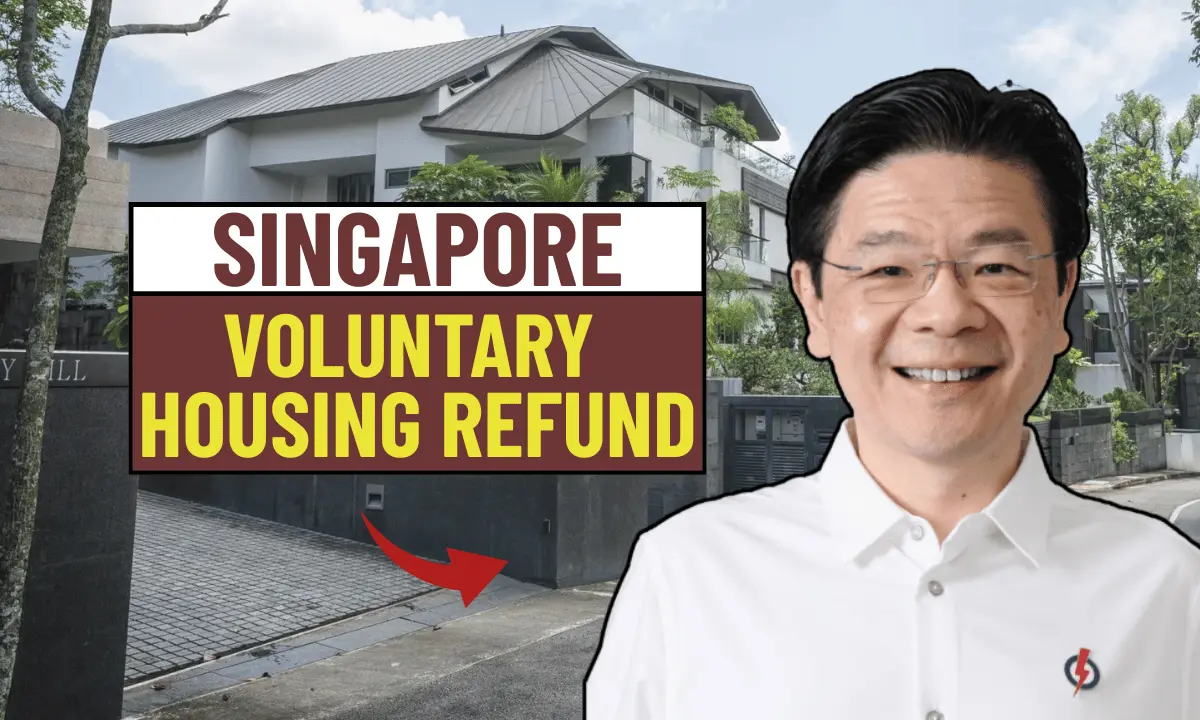The Voluntary Housing Refund (VHR) is a scheme introduced by Singapore’s CPF Board that lets homeowners return CPF savings they had previously used for housing. Unlike the mandatory refund that happens when you sell your property, this one is optional. You can refund while still living in your home, which makes it more flexible. This refund option is designed to strengthen CPF balances early. Since CPF is not only for housing but also the backbone of retirement planning in Singapore, building it up ahead of time means members are better prepared for the future.
Why It Matters for Your Future
The VHR matters because it solves two big challenges Singaporeans face: rising housing costs and the need for a secure retirement. When you refund CPF earlier, your money earns guaranteed interest of up to 2.5 percent in the Ordinary Account and up to 4 percent in the Special and Retirement Accounts. This steady compounding over the years helps create a reliable cushion when you retire.
Another important reason is what happens when you sell your home. Normally, you would have to refund the full amount you used from CPF plus all the accrued interest. That often reduces the cash proceeds you get from the sale. By refunding some of it earlier, you reduce this burden and keep more cash in hand when you eventually sell your property. This gives homeowners a rare two-way advantage more money growing inside CPF for retirement, and more cash on hand when a property transaction finally takes place.
Who Can Use the Scheme
The rules for joining the scheme are straightforward. Anyone who has used CPF Ordinary Account savings for property financing can make a voluntary refund. The refund can be partial or full, and you can refund up to the total withdrawn plus accrued interest. For HDB flat buyers who received housing grants, the refund is treated slightly differently. If the grant amount is more than $30,000, part of the refund will go into your Special Account, Retirement Account, or MediSave. This ensures that you not only rebuild housing funds but also strengthen healthcare and retirement savings.
For members aged 55 and above, refunds are first used to meet the Full Retirement Sum. Only after that is met does the balance go into the Ordinary Account. This ensures that those nearing retirement boost their CPF LIFE payouts. The CPF Board provides clear guidance on this under their refund conditions page.
How It Helps in the Long Run

The biggest financial benefit of the VHR is that it reduces the build-up of accrued interest, which can grow into a large sum if left untouched. For example, if someone withdrew $100,000 from CPF to buy a property, the repayment obligation after ten years could grow to $128,000. By making a $20,000 voluntary refund midway, they lower the final repayment and reduce financial stress later.
At the same time, the refunded money inside CPF continues to earn interest, building up retirement funds. This dual benefit is why the scheme is viewed as both a personal financial tool and a way to support Singapore’s national goal of retirement adequacy. With longer lifespans and higher living costs, this is more important than ever.
How to Make a Refund
Making a voluntary refund has been made simple by CPF’s online services. Homeowners can use the myCPF portal or the CPF Mobile App. Both platforms allow you to log in with Singpass, select your property, and make a refund through PayNow or eNETS. The process is digital, fast, and requires no paperwork. Once the transaction is done, members can track it directly through their CPF account. This convenience is one reason why more people are starting to take advantage of the scheme. The official step-by-step guide is available on the CPF website.
Things to Think About Before Refund
Even though the scheme is helpful, it’s not something to jump into without thought. A key point to consider is liquidity. Refunding CPF ties money back into your CPF account, which means you cannot freely withdraw it until retirement age or under approved schemes. If you know you’ll need cash soon for things like education, healthcare, or emergencies, it may be better to keep funds accessible.
It is also worth comparing CPF’s guaranteed returns with other safe investments. While CPF is secure and interest-bearing, it lacks the flexibility of cash savings. For members aged 55 and above, the refund requirement to meet the Full Retirement Sum may be beneficial in the long term but it reduces the immediate flexibility of your funds.
The Voluntary Housing Refund is a forward-looking way for Singaporeans to balance present needs with future security. By refunding CPF savings earlier, homeowners can reduce the weight of accrued interest, free up more cash during property sales, and build stronger retirement payouts. In a society where retirement adequacy is becoming increasingly important, this scheme gives homeowners an effective tool to take control of their financial future. To find out more or to start the refund process, visit the official CPF portal.



